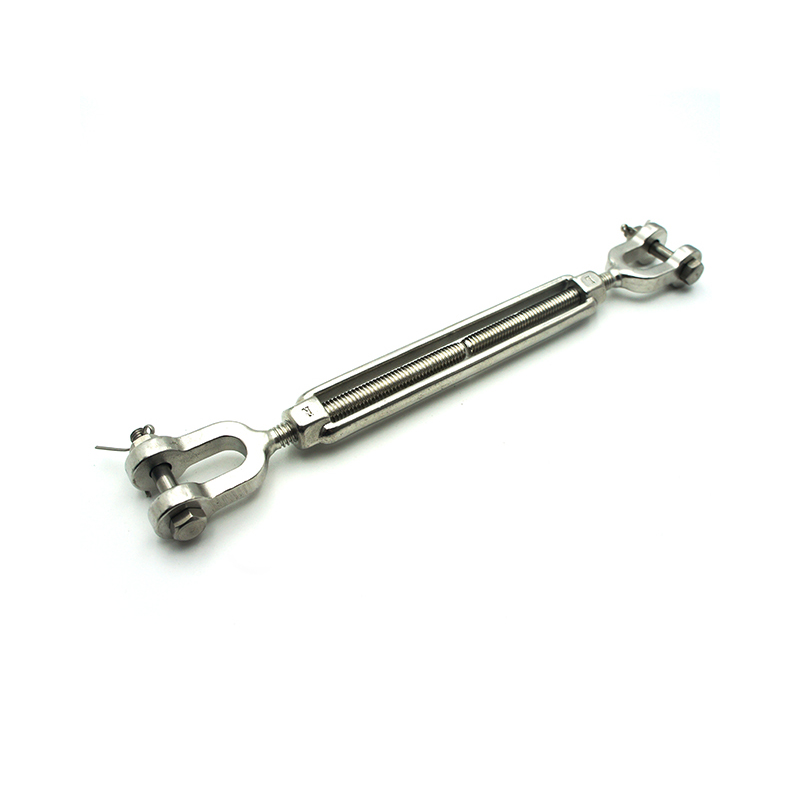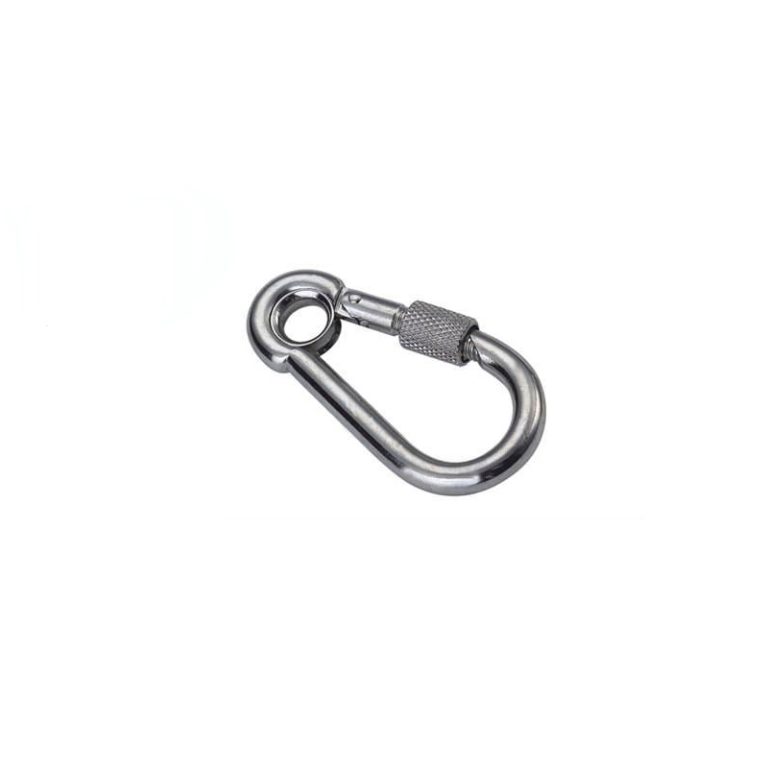Table of Contents
Corrosion Resistance of Stainless Steel vs Iron
Stainless steel and iron are two commonly used metals in various industries due to their strength and durability. However, when it comes to corrosion resistance, stainless steel has a clear advantage over iron. Corrosion is a natural process that occurs when metals react with their environment, leading to the deterioration of the metal. In this article, we will explore the reasons why stainless steel is superior to iron in terms of corrosion resistance.
One of the main reasons why stainless steel is more resistant to corrosion than iron is its composition. Stainless steel is an alloy made up of iron, chromium, nickel, and other elements. The addition of chromium to stainless steel forms a thin, protective layer on the surface of the metal, known as the passive layer. This passive layer acts as a barrier, preventing oxygen and moisture from reaching the underlying metal and causing corrosion. In contrast, iron does not contain chromium and is more prone to rusting when exposed to moisture and oxygen.
Another factor that contributes to the corrosion resistance of stainless steel is its ability to self-heal. When the passive layer of stainless steel is damaged, for example, by scratching or abrasion, the chromium in the alloy reacts with oxygen in the air to form a new passive layer. This self-healing property helps to maintain the integrity of the metal and prevent further corrosion. Iron, on the other hand, does not have this self-healing ability and will continue to corrode once the protective oxide layer is compromised.
In addition to its composition and self-healing properties, stainless steel also offers superior corrosion resistance due to its versatility. There are many different types of stainless steel available, each with varying levels of corrosion resistance depending on the specific application. For example, austenitic stainless steels, such as 304 and 316, are highly resistant to corrosion in a wide range of environments, including acidic and marine environments. Ferritic and martensitic stainless steels are also corrosion-resistant but may not perform as well in certain corrosive environments.
Furthermore, stainless steel can be further enhanced with the addition of other elements, such as molybdenum and nitrogen, to improve its corrosion resistance. These alloying elements help to increase the strength and durability of the metal, making it even more resistant to corrosion in harsh conditions. In contrast, iron does not have the same level of flexibility and customization as stainless steel, making it less suitable for applications where corrosion resistance is a critical factor.
In conclusion, stainless steel is superior to iron in terms of corrosion resistance due to its composition, self-healing properties, versatility, and ability to be customized for specific applications. The addition of chromium and other alloying elements in stainless steel forms a protective layer that prevents corrosion and maintains the integrity of the metal over time. Iron, on the other hand, lacks these key characteristics and is more susceptible to rusting and corrosion. Therefore, when it comes to choosing a metal for applications where corrosion resistance is essential, stainless steel is the clear choice.
Strength and Durability Comparison between Stainless Steel and Iron
Stainless steel and iron are two commonly used materials in various industries due to their strength and durability. However, when it comes to comparing the two, stainless steel emerges as the superior choice. This article will delve into the reasons why stainless steel is superior to iron in terms of strength and durability.
One of the key factors that make stainless steel superior to iron is its resistance to corrosion. Stainless steel contains chromium, which forms a protective oxide layer on the surface of the material, preventing rust and corrosion. In contrast, iron is prone to rusting when exposed to moisture and oxygen, making it less durable in comparison to stainless steel.
Furthermore, stainless steel has a higher tensile strength than iron, meaning it can withstand higher levels of stress and tension without deforming or breaking. This makes stainless steel an ideal choice for applications that require high strength and durability, such as in construction and manufacturing.
In addition to its superior strength and corrosion resistance, stainless steel also has a higher melting point than iron. This means that stainless steel can withstand higher temperatures without losing its structural integrity, making it suitable for high-temperature applications such as in the automotive and aerospace industries.
Moreover, stainless steel is more ductile than iron, meaning it can be easily formed and shaped into various designs without losing its strength. This makes stainless steel a versatile material that can be used in a wide range of applications, from kitchen appliances to medical devices.
Another advantage of stainless steel over iron is its aesthetic appeal. Stainless steel has a sleek and modern look that adds a touch of sophistication to any product or structure. In contrast, iron has a more traditional and rustic appearance that may not be suitable for all applications.
Overall, the superior strength, durability, corrosion resistance, high melting point, ductility, and aesthetic appeal of stainless steel make it a better choice than iron for various applications. Whether it is in construction, manufacturing, automotive, aerospace, or any other industry, stainless steel outperforms iron in terms of performance and longevity.

In conclusion, stainless steel is the superior choice when it comes to strength and durability compared to iron. Its resistance to corrosion, high tensile strength, high melting point, ductility, and aesthetic appeal make it a versatile and reliable material for a wide range of applications. By choosing stainless steel over iron, industries can ensure that their products and structures are built to last and withstand the test of time.






